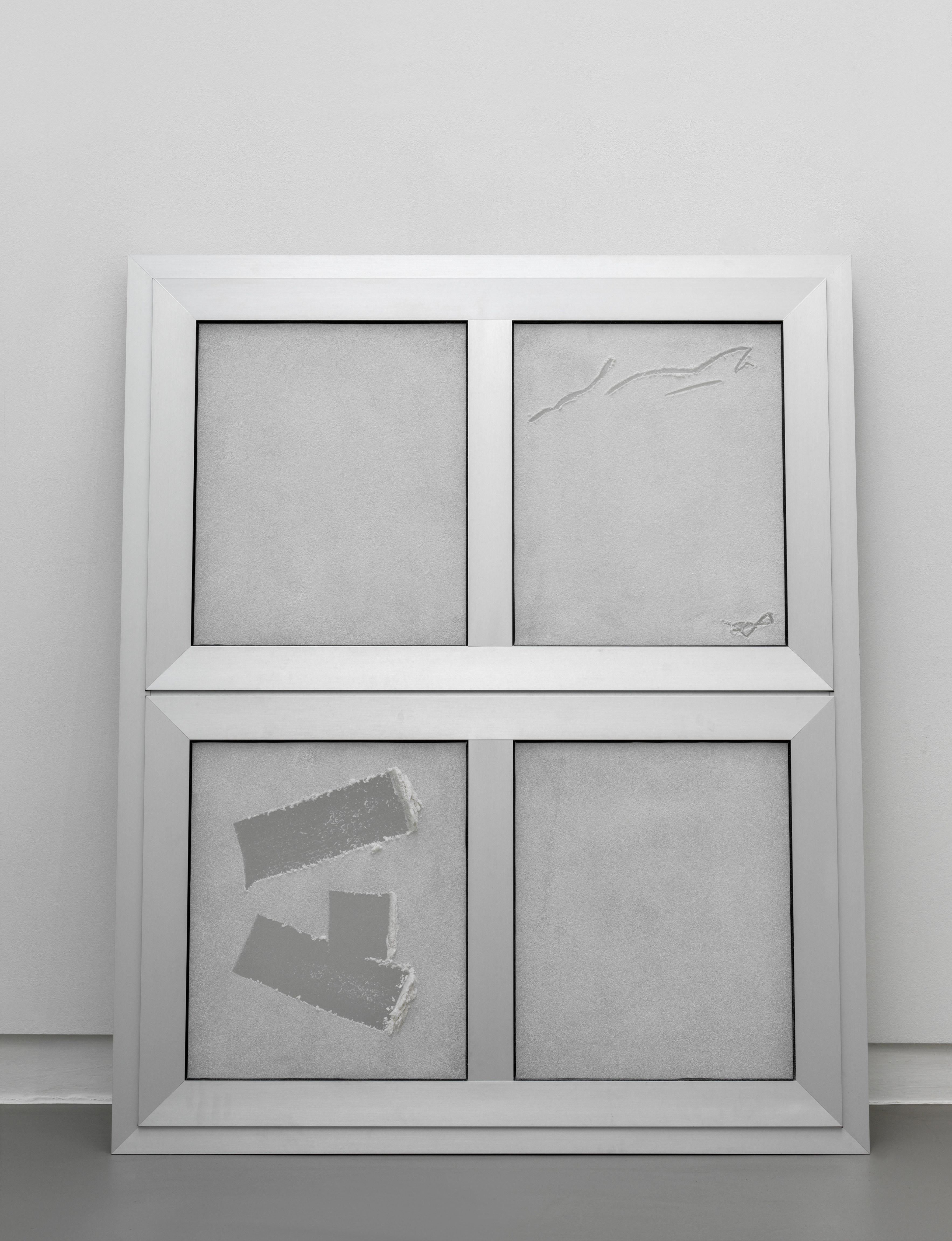11 july 2023, Flor Linckens
The imagination gymnastics of Ryan Gander
Until 26 August, Annet Gelink Gallery in Amsterdam is showing a solo exhibition by Ryan Gander. He is known for his ability to transform everyday objects and situations and elevate them into works of art that are full of complex ideas and stories. In a recent interview with The Guardian, he stated that 'going to a gallery is like taking your imagination to the gym.'
Gander works associatively and tends to ask questions about knowledge, history and language. He is interested in the ways in which works of art are created, how we present them (why always on a wall?), and what we do and don't classify as art — and why. His objects often refer to fictional and real events, works of art or people. He has presented works under pseudonyms and (self)referencing alter egos. Gander's artworks are often enigmatic and fragmented, but at the same time, they are inviting and interactive. The artist engages the audience and challenges them to offer their own interpretations and meanings. To escape his artistic routine and limiting cultural capital, Gander sometimes finds inspiration in the creative expressions of children, including his own.

The British artist's versatile and layered work is regularly classified as conceptual, but it's a category he resists himself. In an interview with Simon Turnbull, he described himself as ‘a sort of neo-conceptual no-style-style amateur philosopher’. Gander works in a multitude of media, ranging from sculpture and painting to video and performance. He is also active as a curator, author, presenter (for the BBC) and professor at various art institutes and universities.
In his sixth solo at Annet Gelink Gallery, he presents a series of objects that are indirectly related to the art world, but are not usually classified as art themselves. Think of the poetic "View into the artist's studio window, obscured by frost (12th December 2022)", a physical portrait of his studio window, covered with a thin layer of frost that has been erased in a few places. A window can serve as an invitation to look inside, but Gander blocks our view here. He also previously made studio windows with screens that display precise weather and lighting conditions over a 24-hour cycle. In "Épater la bourgeoisie (Views from all the windows within the artist's library)" he presents an overview of different windows that can be seen in books in his personal library.
In Annet Gelink Gallery you can also see one of his famous stray cats from his 'squatter' series, consisting of lifelike, quietly sleeping and gently breathing 'cats' (with the help of animatronics), that seem to have crept into the art space and have become an unsuspecting part of the art presentation. In another work, you see reactions from a kind of guest book, belonging to a previous exhibition by the artist. In this work of two by one and a half meters, he makes the visitor and the first exhibition an effective part of this exhibition. Spread over the space you also see a series of wine glasses that we associate with gallery openings, but if you look closer, you will see that here and there, two handmade glasses have merged into a single glass.
Gander studied at Manchester Metropolitan University, followed by residencies at the Rijksakademie van Beeldende Kunsten in Amsterdam and the Jan van Eyck Akademie in Maastricht. He has presented his work in museums and galleries around the world, including Palais de Tokyo and the Guggenheim Museum. His work has been included in the collections of institutes such as the MoMA, the SFMoMA, Tate and Museum Boijmans van Beuningen and it was part of dOCUMENTA and the Biennales of Venice, Shanghai and Liverpool. In 2017, he received an OBE (Officer of the Most Excellent Order of the British Empire) and two years later the Hodder Fellowship from Princeton University.


